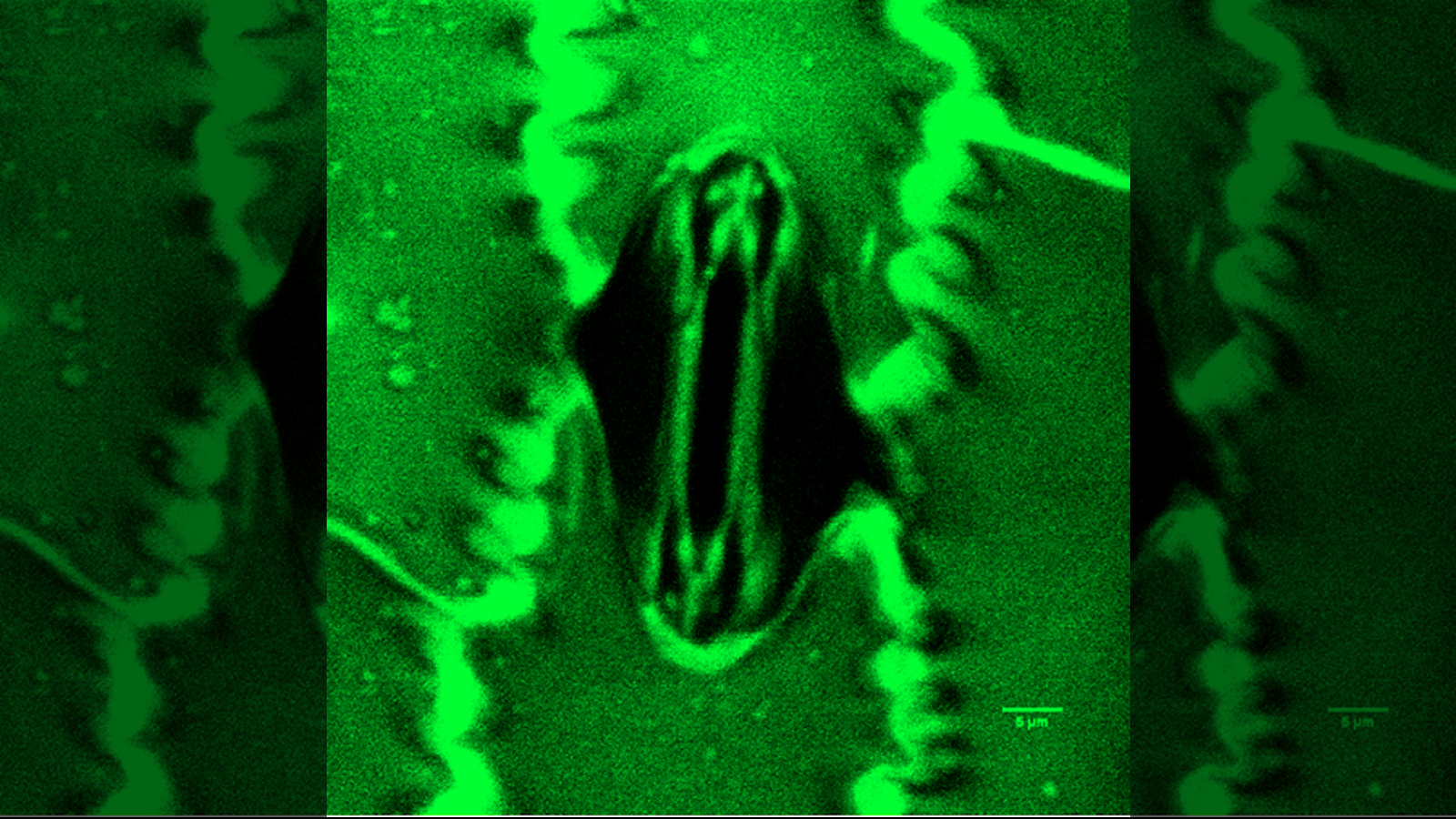
He may be the most famous man who ever lived, but surprisingly little is known about his life.
This Sunday (April 1), more than 2 billion Christians will celebrate Jesus Christ's resurrection from the dead. While there is no scientific way to know whether that supernatural event at the heart of Christianity happened, historians have established some facts about his life.
From his birth to his execution by the Romans, here are eight facts about the historical Jesus.
1. His birth … in a manger?
Most historians believe Jesus was a real man. To test the veracity of biblical claims, historians typically compare Christian accounts of Jesus' life with historical ones recorded by Romans and Jews, most notably the historians Flavius Josephus and Cornelius Tacitus.
And though a manger may or may not have figured prominently in the birth, scholars do agree that Jesus was born between 2 B.C. and 7 B.C. as part of the peasant class in a small village called Nazareth in Galilee. Historians also back the claim that Joseph, Jesus' father, was a carpenter, meaning Jesus would have gone into the family profession as well.
2. A mystical baptism
One of the pivotal moments in the New Testament is Jesus' baptism in the wilderness by a radical mystic named John the Baptist. Most historians believe this event occurred, and that Jesus experienced some sort of vision that led him to begin preaching. In the New Testament, Mark 1:10 (The New American Bible, Revised Edition) describes Jesus seeing "the heavens being torn open and the Spirit, like a dove, descending upon him." Jesus is then tempted by Satan in the wilderness for 40 days, the passage continues.
The Jewish historian Josephus mentions the mystical activities of John the Baptist, as well as his execution by King Herod. [History's 10 Most Overlooked Mysteries]
Get the world’s most fascinating discoveries delivered straight to your inbox.
3. What did Jesus look like?
Those biblical writings mention very little, however, about what Jesus may have looked like except for perhaps the clothing that he and his disciples wore, Live Science reported previously. More recently, Joan Taylor, professor of Christian Origins and Second Temple Judaism at King's College London, did an extensive study of archaeological clues and texts related to the appearance of Jews in Egypt during Jesus' lifetime. Her research suggests Jesus may have stood at an average (for the time) 5 foot 5 inches (1.7 meters) tall, with a possibly short mop of black hair, olive-brown skin and brown eyes. All of this is based on what the average Jew in Egypt and Judea may have looked like. And Taylor said that specifics about some aspects of Jesus' face — such as whether he had scars and what his mouth and cheeks looked like — are anyone's guess, Live Science reported previously. She added that her bet is that Jesus was likely not "handsome," as some have described him.
4. Reformer
After his vision, Jesus began to preach that the Earth could be changed into a "Kingdom of God." Jesus' message of reform was deeply rooted in the Jewish tradition, and he likely never viewed himself as creating a new religion per se — just reforming the one he was born into, scholars say.
4. A wise teacher
Josephus not only mentions Jesus, in one passage, he also describes him as a wise man and a teacher. (The passage is controversial because many historians believe a Christian author later added in phrases such as "He was the messiah" to the text, leading a few scholars to doubt the authenticity of the passage as a whole.) Most historians agree, however, that Jesus was viewed as a teacher and healer in Galilee and Judea.
5. Timing of Jesus' crucifixion
Several sources mention Jesus' crucifixion at the hands of Pontius Pilate, the Roman prefect. Christian Gospels say the skies darkened for hours after the crucifixion, which historians viewed either as a miracle or a portent of dark times to come. Using astronomy, later historians have used this mention to pinpoint the death of Christ. Some tie the crucifixion to a one-minute 59-second total solar eclipse that occurred in 29 C.E., whereas others say a second total eclipse, blocking the sun for four minutes and six seconds, in 33 C.E. marked Jesus' death. (C.E. stands for Common Era or Christian Era, and is an alternative name for anno Domini, or A.D.)
Death by crucifixion was one of the goriest ends the Romans meted out, and it was typically reserved for slaves and those seen to be challenging Roman authority.
7. Where was Jesus buried?
As for where Jesus was buried, the faithful believe his body was interred after the crucifixion in what is now Jerusalem. The Church of the Holy Sepulchre there covers a shrine where Jesus' tomb is claimed to reside. According to legend, it was the mother of Emperor Constantine, Helena who discovered the tomb in A.D. 345. Nobody knows whether Jesus' remains are tucked away in that tomb; but when it was opened, for the first time in centuries, in 2016, scientists examined it to see when it last saw the light of day. They used a light-based method that revealed the quartz within the tomb's limestone had last been exposed to light in A.D. 345, supporting the idea that the shrine was built during Constantine the Great's reign. Those tests date the tomb to 1,700 years ago, or about 300 years after Jesus' death, Live Science previously reported.
8. Historical relics
The historical veracity of various physical relics, such as the crucifixion nails and crown of thorns Jesus wore on the cross, have decidedly less historical or scientific backing. Most scientific studies suggest that these relics originated long after Jesus died. But the most famous relic of Jesus, the shroud of Turin, may be on more solid footing: Whereas some parts of the shroud date to A.D. 1260, other analyses have suggested that the shroud is about as old as Jesus.Another more recent finding, a scrap of papyrus from the early Christian era referring to Jesus' wife was unveiled last year, to much skepticism. Since then, evidence has come out to suggest the so-called Gospel of Jesus' Wife is most likely a forgery.
Editor's Note: This article was first published in 2013 and updated in 2018 with new discoveries and advances in relevant research projects.
Original article on Live Science.

Tia is the editor-in-chief (premium) and was formerly managing editor and senior writer for Live Science. Her work has appeared in Scientific American, Wired.com, Science News and other outlets. She holds a master's degree in bioengineering from the University of Washington, a graduate certificate in science writing from UC Santa Cruz and a bachelor's degree in mechanical engineering from the University of Texas at Austin. Tia was part of a team at the Milwaukee Journal Sentinel that published the Empty Cradles series on preterm births, which won multiple awards, including the 2012 Casey Medal for Meritorious Journalism.
 Live Science Plus
Live Science Plus





